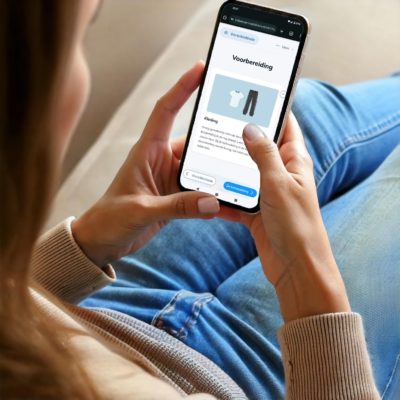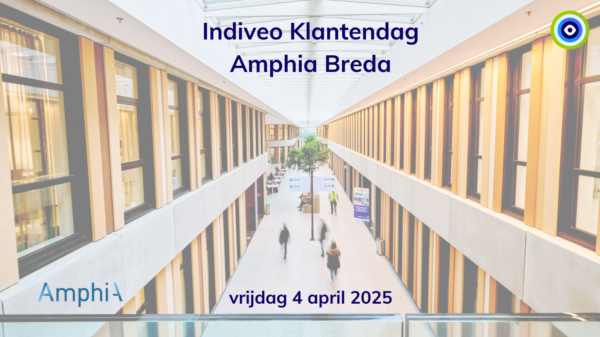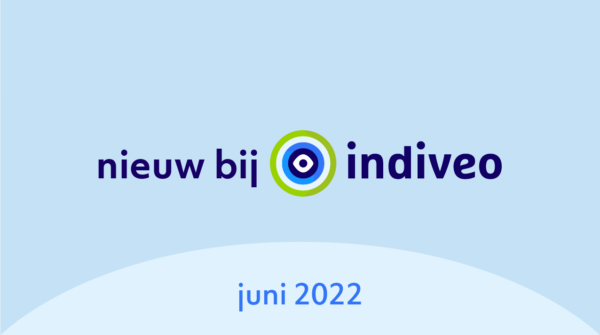Written by Ralph Koppers - Reading Time: 3 minutes
Gap time; time for innovation

You know them: fissures. On the knuckles of your fingers or on your lip. Annoying and sometimes even painful. What to do? Ointment on them and make them disappear as quickly as possible!
As a pulmonologist, I see that we in the medical profession are also increasingly affected by fissures.
First, the growing gap between doctors and patients. Doctors are specializing more and more. That means they are becoming more and more knowledgeable about a smaller and smaller part of the body. The doctor for the intestines, for the lungs, for the heart or for the skin. This specialization brings with it the risk that the gap between the medical knowledge of patients and the medical knowledge of the doctor will widen more and more. Not to mention the fact that doctors often already use difficult (medical) words and have to convey a lot of information in a short time. Meanwhile, the patient usually sits facing the doctor heartily nervous. That doesn't do the gap any good.
The second, widening gap, occurs between patients with different levels of education. People with a "high" level of education are usually able to collect, select and then (partially) understand the appropriate medical knowledge. This can be done through online information (Dr. Google), a lot of reading and possibly also through their network which sometimes includes someone from the medical world. For people with a "low" level of education, this is much more difficult. Of course, they can also consult Dr. Google, but searching, screening and then processing the information offered is much more difficult for this group of people. If only because low literacy is much more common among this group of people. The same goes for low health literacy. This growing gap is very annoying and affects a very large group of patients, namely about 2.5 million (source: Pharos Foundation). Moreover, such a development (or "cloning") does our society no good. It leads to division and rising healthcare costs.
In my daily practice as a doctor, I try to treat these clefts in addition to the actual complaints of patients. Among other things, by explaining to patients and their loved ones as best I can in the consultation room what is going on and what possible solutions are available. But that's not easy! In my daily practice I notice that patients remember little information and also research shows that patients can reproduce about 20 to 50% after leaving the consultation room.
It was reason for me to think about innovative forms to better inform patients. New scientific insights (for example, Corine Meppelink's research) and techniques helped me do this.
Indiveo is the result. With Indiveo, complex information is explained comprehensibly in sound and vision, preferably at home, so that I have more time in the consulting room to talk with patients about issues that are important to them. With Indiveo's innovative patient information, I experience that patients are sitting in my consulting room with more knowledge and have a better understanding of what is going to happen. With Indiveo, patients are truly the center of attention and collaborative decision making is one step closer.



